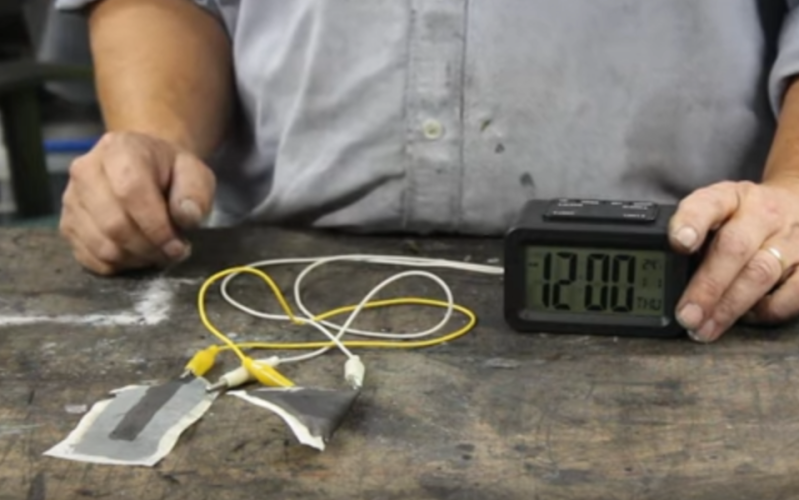Replace An AA Battery With Paper

Paper is an ubiquitous part of society; so much so that the incredible engineering behind it often goes unnoticed. That isn’t the case for [Robert], though, who has a deep appreciation for the material and all its many uses far beyond recording information. In this particular video, he recreates a method found by researchers to turn a piece of paper into a battery with equivalent performance to a AA-sized alkaline battery. (Video, embedded below the break.)
The process involves the creation of a few different types of ink, each of which can be made with relatively common materials such as shellac, ethanol, polyethylene glycol, and graphite. Each of these materials are mixed in different proportions to create the inks. Once the cathode ink and anode ink are made, a third ink is needed called a current collector ink which functions essentially as a wire. The paper is dipped into a salt solution and then allowed to dry, given a partial waterproof coating, and when it is needed it can be activated by wetting it which allows the ion flow of the battery to happen.
The chemistry of this battery makes a lot of sense once you see it in action, and the battery production method also has a perk of having a long shelf life as long as the batteries stay dry. They also don’t damage the environment as much as non-rechargable alkaline cells do, at least unless you want to go to some extreme measures to reuse them.
Post a Comment